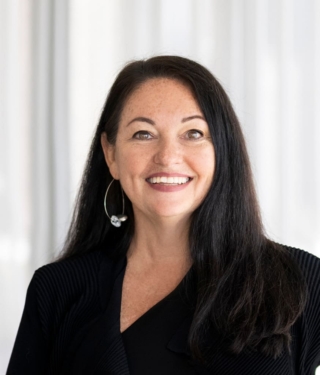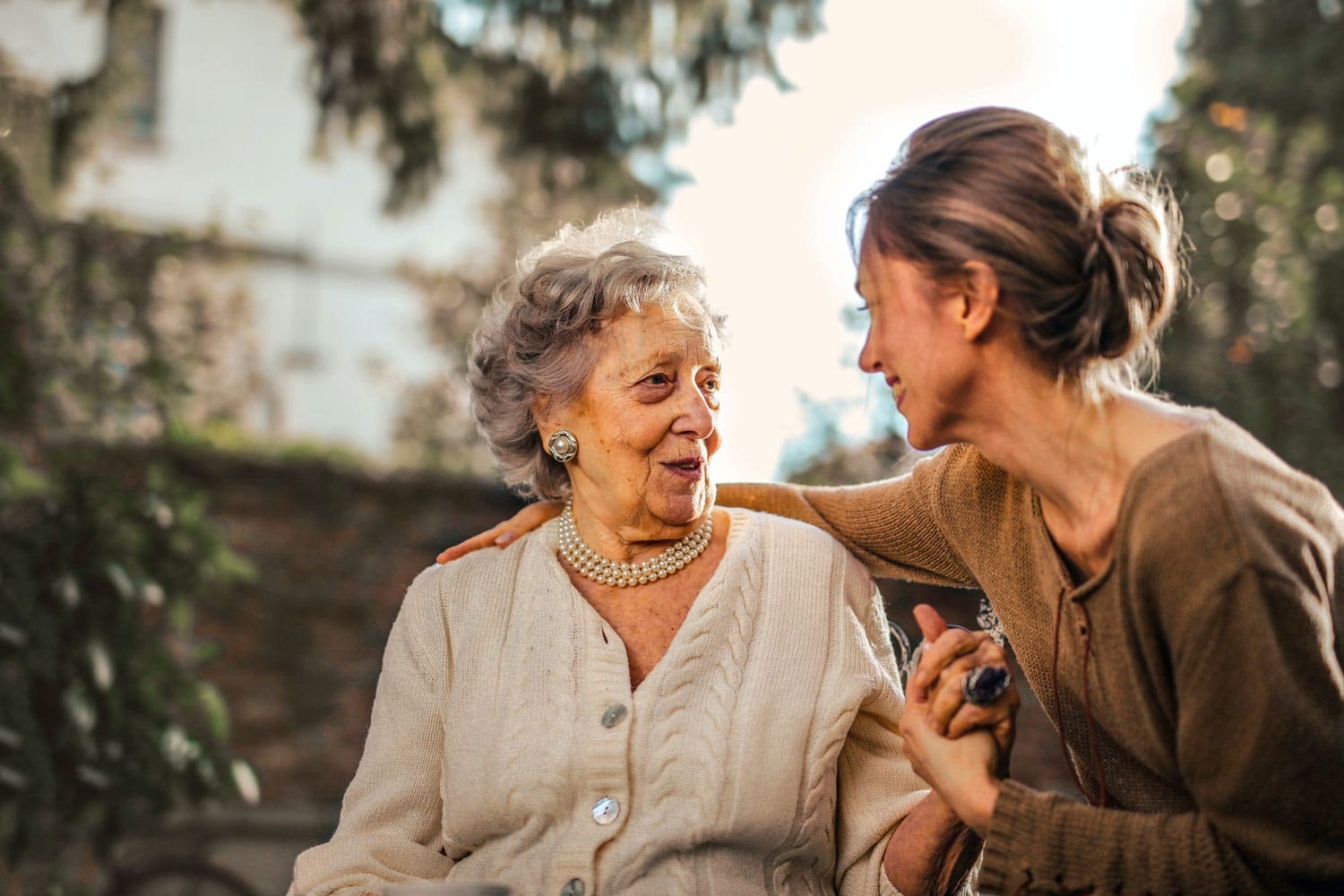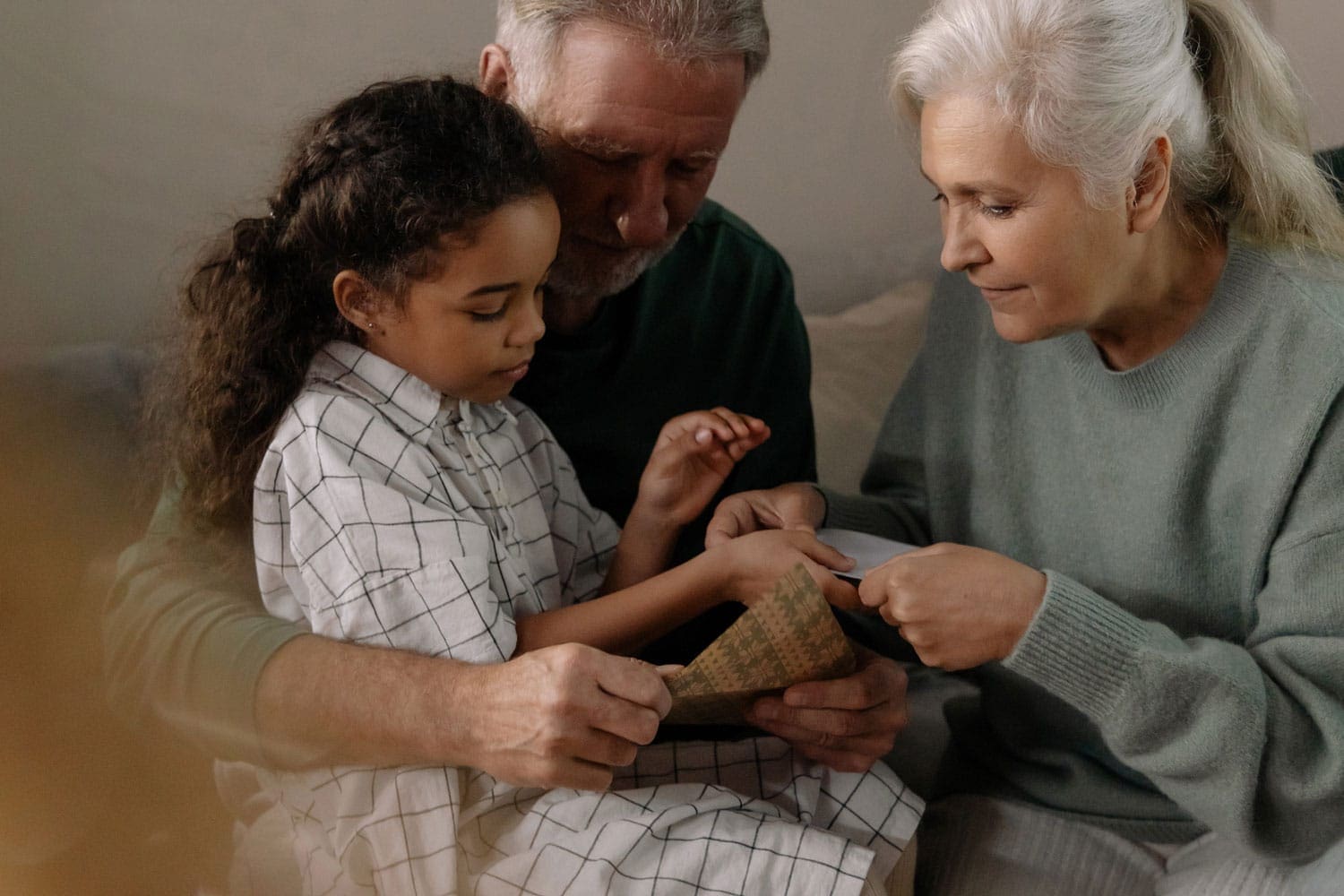Challenging mental health in residential aged care.
The Royal Commission process provided a confronting window into the diversity of environments our most vulnerable citizens are subject to in the aged care landscape in Australia. From world leading quality providers to sub par facilities, the breath of the spectrum on offer to families is staggering and perplexing. Less than 15% of Australians over 65 years of age are in retirement villages or residential aged care, and the rest are either ageing in place at home or living with families.
The Royal Commission process provided a confronting window into the diversity of environments our most vulnerable citizens are subject to in the aged care landscape in Australia. From world leading quality providers to sub par facilities, the breath of the spectrum on offer to families is staggering and perplexing. Less than 15% of Australians over 65 years of age are in retirement villages or residential aged care, and the rest are either ageing in place at home or living with families.
Mental health is an increasing crisis in both Australia and globally, and there would appear from playing these current statistics forward, an oncoming tsunami of need for specialised and nuanced support services and living environments for our future ageing population. Unfortunately, the call to action to address mental health in retirement living and residential aged care is not one for the future, as the current statistics bely the fact that the way we do things currently is not addressing and supporting the current rates of mental health in our seniors. According to Australian research, 10-15% of seniors suffer from depression, and approx. 10% from anxiety, with recent data showing that this has risen to 52% for depression and anxiety combined. In terms of support, seniors (65+) represent 14% of the whole population, but their proportion of the total Medicare subsidized mental health related services is 9%, and for community health mental services, only 8%. The overlap between mental health and neurodiversity provides an insight into how we can tackle this increasing challenge in the built environment, to better support the operational and community level services provisions of care. The question is how can we better design our senior living environments and aged care to make a positive impact and better cater for neurodiverse people, and provide a physical environment that enhances positive mental health?
Our current care models for retirement living and residential aged care are not designed for neurodiversity, or spatial design through the lense of mental health.
Through our research pilot of Neurodiversity; The Thinking Brain, we have tested the impact of a variety of neurodivergencies on spatial experience and awareness. When considering mental health in residential aged care, a range of spaces that offer separateness as well as engagement and socialization are critical. Rooms tend to be uniform in design, however we see that there could be a few room designs on offer that both cater for specific mental health overlays as well as neurodivergencies. Areas for socialisation in a variety of scales and environments is also an important insight from our research; areas with an abundance of daylight and engagement with the exterior balanced with smaller scale spaces that are more insular and enveloping in character.
Engagement with the community, and creating attractors for multi-generational engagement is also a key contributor in positive mental health, and we see the need for more authentic design engagement with external street activation, vibrant cafes and play friendly spaces that are more village focused than the typical ‘café’ or hospitality point close to reception that is the norm. Programmes for engaging with younger children have charted the positive benefits, as most recently seen on ABC’s ‘Old People’s Home For 4 Year Olds’, and in Europe the integration models are far more experimental, with Dutch University students living in a nursing home (Humanitas Deventer).
The Dutch model draws on research that validates the reduction of mental health issues such as depression and anxiety, and the increase in life expectancy and well-being, that comes from intergenerational connectedness, new learning or exchange of knowledge and engagement. We see the new model for aged care in Australia to have more two bedroom living clusters, or potentially single rooms that are available for family stay or ‘exchange’ with university students, that provide for this engagement and diversity.
With minimal changes to wet area and soft furnishings, rooms of the same module can be integrated int the overall new layout to support this integration. Mixed tenure thinking is the future, and many living typologies are looking to integrate hybrid or mixed tenure approaches to provide richer, more affordable and more sustainable integrated communities through intensified development. Our urban brownfield site developments in Co-living, affordable housing and student accommodation evidence this movement, one which we believe is the future of mentally resilient aged care in Australia.


